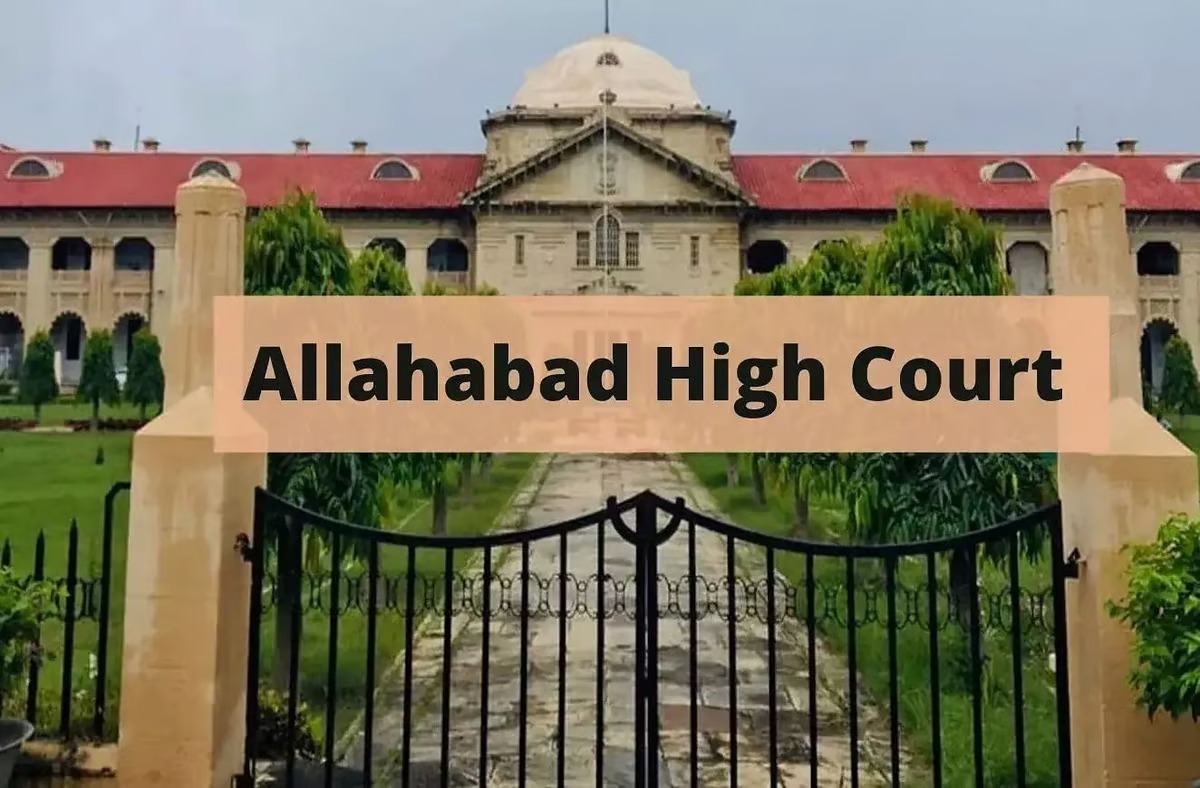V.G. Palshikar J.
1. Being aggrieved by the order dated 21-5-1999 passed by the Sessions Judge Raigad in Sessions Case No. 127 of 1998 holding the accused guilty u/s 302 IPC and punishing him to suffer R.I. for life, the appellant has preferred this appeal through jail.
2. Since the accused was not duly represented, Ms. D.M. Shah was appointed as advocate to represent the accused/appellant. With the assistance of the learned advocate and the learned A.P.P. we have scrutinised the record and reappreciated the evidence on record. The prosecution case stated briefly is that on 2nd March 1998 at 9 p.m. within the limits of village Karanjghar Katakarwadi, Taluka Sudhagad, District Raigad the accused killed his wife Anusuya by means of wooden bar, hitting her very severally on the chest at the back. As a result of which beating several ribs were broken and there was internal bleeding and due to congestion she died. The complaint was accordingly lodged and the police conducted the investigation and on completion of the investigation charge sheeted the accused u/s 302 of IPC.
3. During the course of the trial the prosecution has examined as many as six witnesses to prove its case. According to the prosecution, it is a clear case of murder as the accused has on several occasions confessed his guilt.
4. P.W.No. 1 is Devram Satu Waghmare who was police Patil of village Pilosari at the relevant time and he was told by his wife when he returned home at about 9.15 p.m. on 2nd March that accused Kusha has come to his house and was waiting for police Patil to tell that Kusha has killed his wife. However since the witness was not there he (Kusha) left. When this incident was disclosed to him in the night by his wife, he went to the spot of incident and found the dead body of Anasuya, the wife of the accused in the hut and the accused was sitting near corpse. The witness has therefore asked him as to who his wife expired and the accused told the witness that there was a quarrel between him and his wife and she kicked him near his thigh and therefore he assaulted her with a stick and killed her. This witness had also telephoned Police station Pali and the inspector arrived and arrested the accused. The evidence of this witness therefore reveals that the accused confessed to him, but since this witness was police Patil at the relevant time, the evidence regarding judicial confession may not be acceptable.
5. P.W.2 Sunita is the wife of P.w.1. She has stated what the accused told her in a very clear terms that: "I asked him as to what was the work of him with my husband. Thereupon accused told me that he killed his wife by assaulting her with a stick and had come to disclose of the same to my husband.I got feared on hearing the disclosure made by the accused. I asked him to wait out of my house. Accused then went away. My husband came at about 9.15 p.m. I had told him that as to what disclosed to me. My husband then went toward hut of accused."
6. It will be seen therefore that the accused did tell her in unequivocal terms that he assaulted his wife as a result of which she died. It is clearly extra judicial confession made by the accused before this witness. The witness was cross examined and there is nothing in the cross examination to suggest that her testimony is in any manner termed at requiring it to be rejected.
7. The evidence of this P.w.2 is corroborated by every material particular by her husband P.w.1. A scrutiny of the evidence of P.w.4, the doctor, reveals that the assault ha committed by the accused and as described by P.w.2, corresponds to the injuries caused on the person of the deceased. The doctor has very clearly opined that the death was caused due to severe intrathoracic haemorrhage In such circumstances there in intrinsic evidence to corroborate the statement made by P.ws.1 and 2. The learned trial Judge therefore did not error in any manner in convicting the accused on accepting the extra judicial confession, after having recorded his finding that the extra judicial confession is corroborated by independent interested evidence on record. We therefore agree with the finding of the learned trial Judge and accordingly dismiss the appeal.

